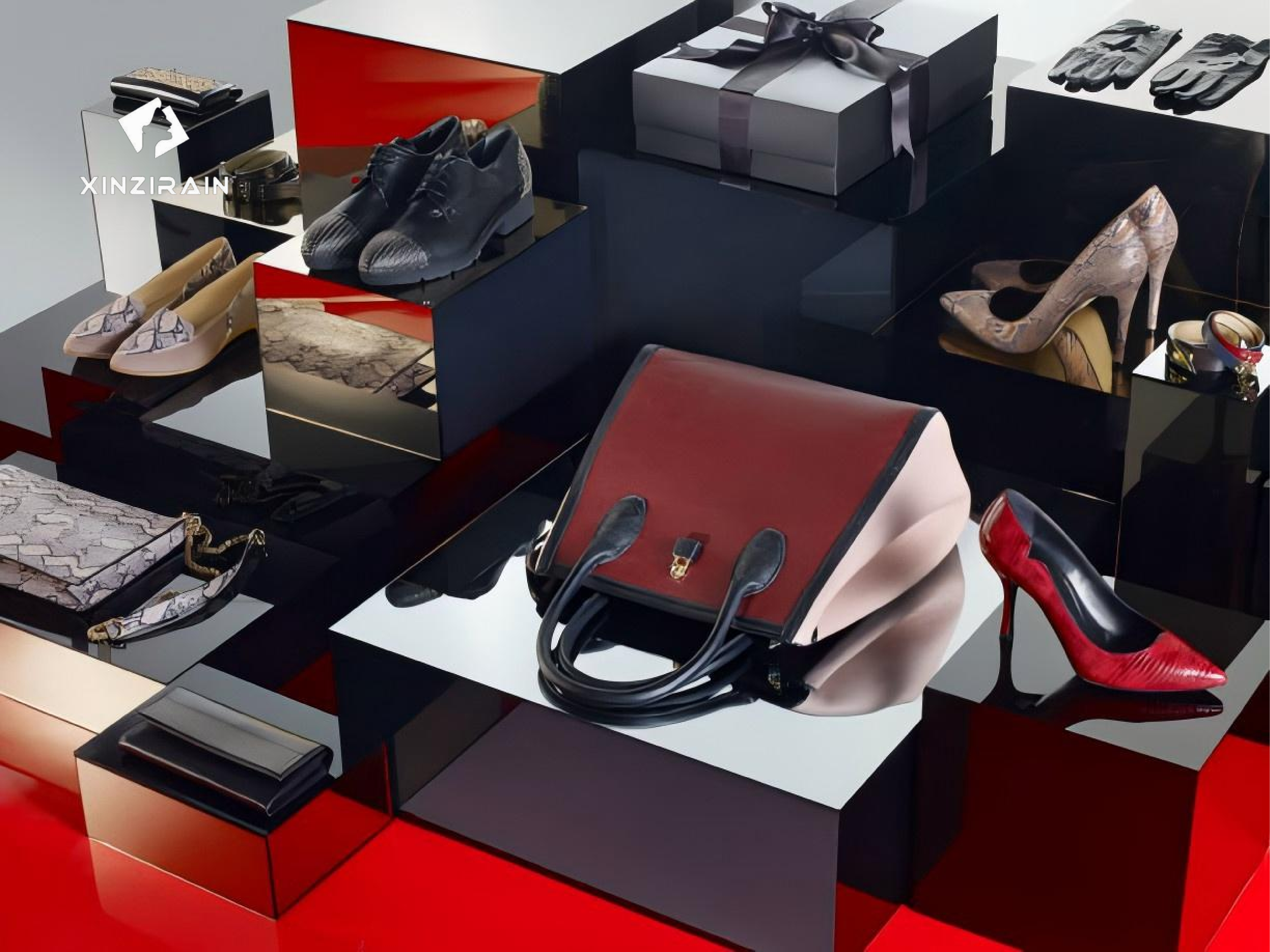
Стартирането на бизнес за производство на чанти изисква комбинация от стратегическо планиране, креативен дизайн и познания за индустрията, за да се утвърдите и разраснете успешно в света на модата. Ето едно ръководство стъпка по стъпка, пригодено за създаване на печеливш бизнес с чанти:
1. Определете своята ниша и аудитория
Първо, определете стила и пазарната ниша на чантите, които искате да произвеждате. Целите ли устойчиви чанти тип „тоут“, луксозни кожени чанти или многофункционални спортни чанти? Разбиране на целевата ви демографска група и текущите тенденции, като например търсенето на...екологични материалиили уникални дизайни, помага да се определи привлекателността на вашия продукт и ценовата стратегия

3. Източник на качествени материали и оборудване
За да отговорите на очакванията на клиентите, използвайте висококачествени материали, които са в съответствие с вашата марка, като например издръжлива кожа, вегански материали или рециклирани тъкани. Основното оборудване включва промишлени шевни машини, ротационни ножове и оверлок машини. Надеждна верига за доставки с постоянно качество на материалите гарантира, че вашите чанти отговарят на пазарните стандарти и изграждат доверие сред клиентите.
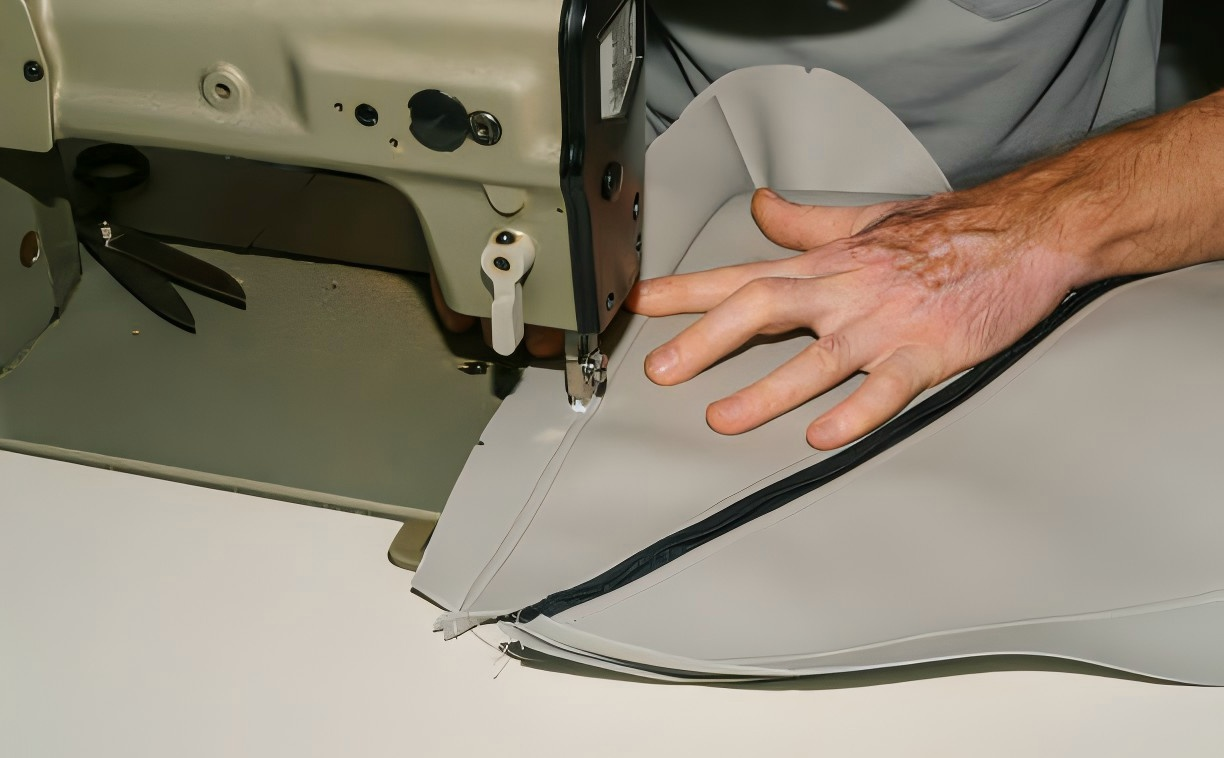
5. Настройване на канали за продажби
За нови бизнеси, платформи като Etsy или Amazon са рентабилни за достигане до глобална аудитория, докато персонализиран уебсайт на Shopify предлага контрол върху брандирането. Експериментирайте с двата метода, за да определите кой работи най-добре за вашия целеви пазар и бюджет. Предоставянето на отстъпки или промоционални оферти за купувачи, които купуват за първи път, може да привлече лоялна клиентска база.
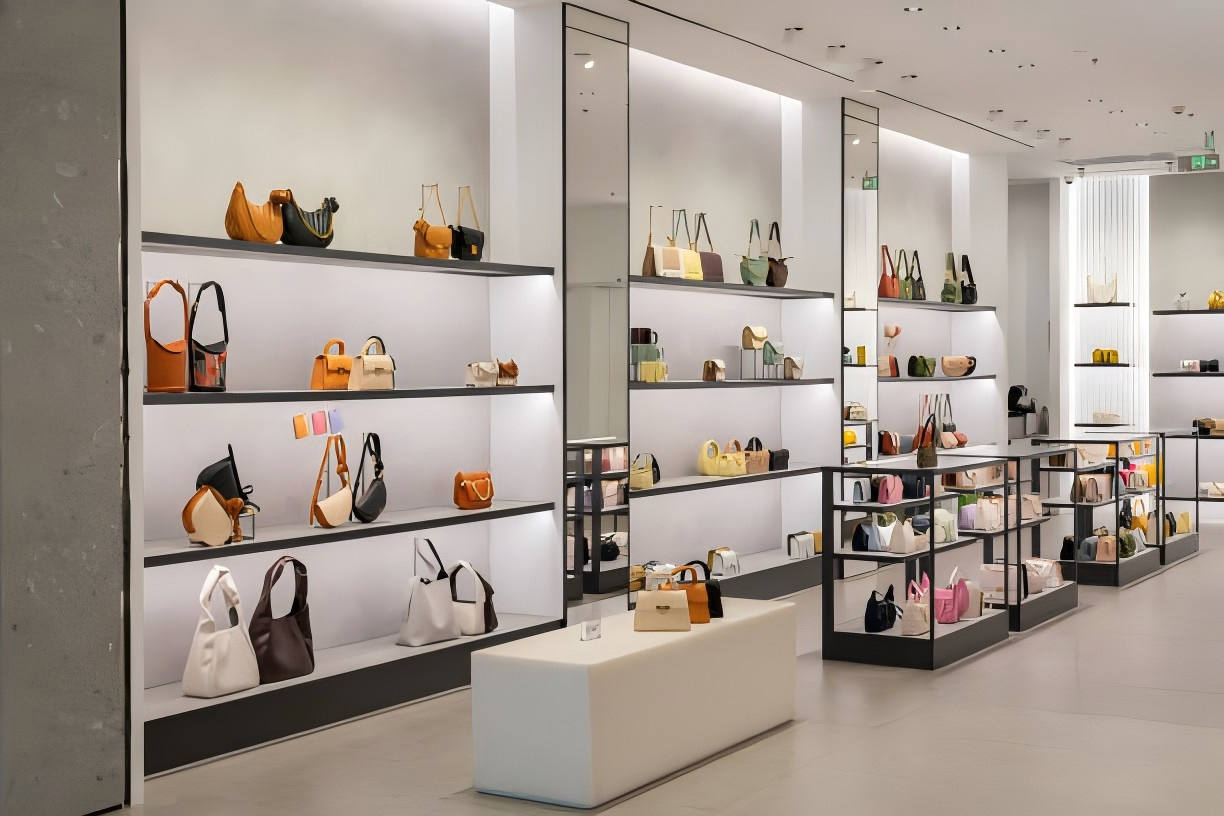
2. Разработете бизнес план и идентичност на марката
Вашият бизнес план трябва да очертае цели, целева аудитория, разходи за стартиране и очаквани потоци от приходи. Изграждането на сплотена идентичност на марката – включително име, лого и мисия – помага за разграничаване на вашите продукти на пазара. Създаването на силно онлайн присъствие в социални медийни платформи като Instagram и Pinterest е от съществено значение за ангажиране с вашата аудитория.
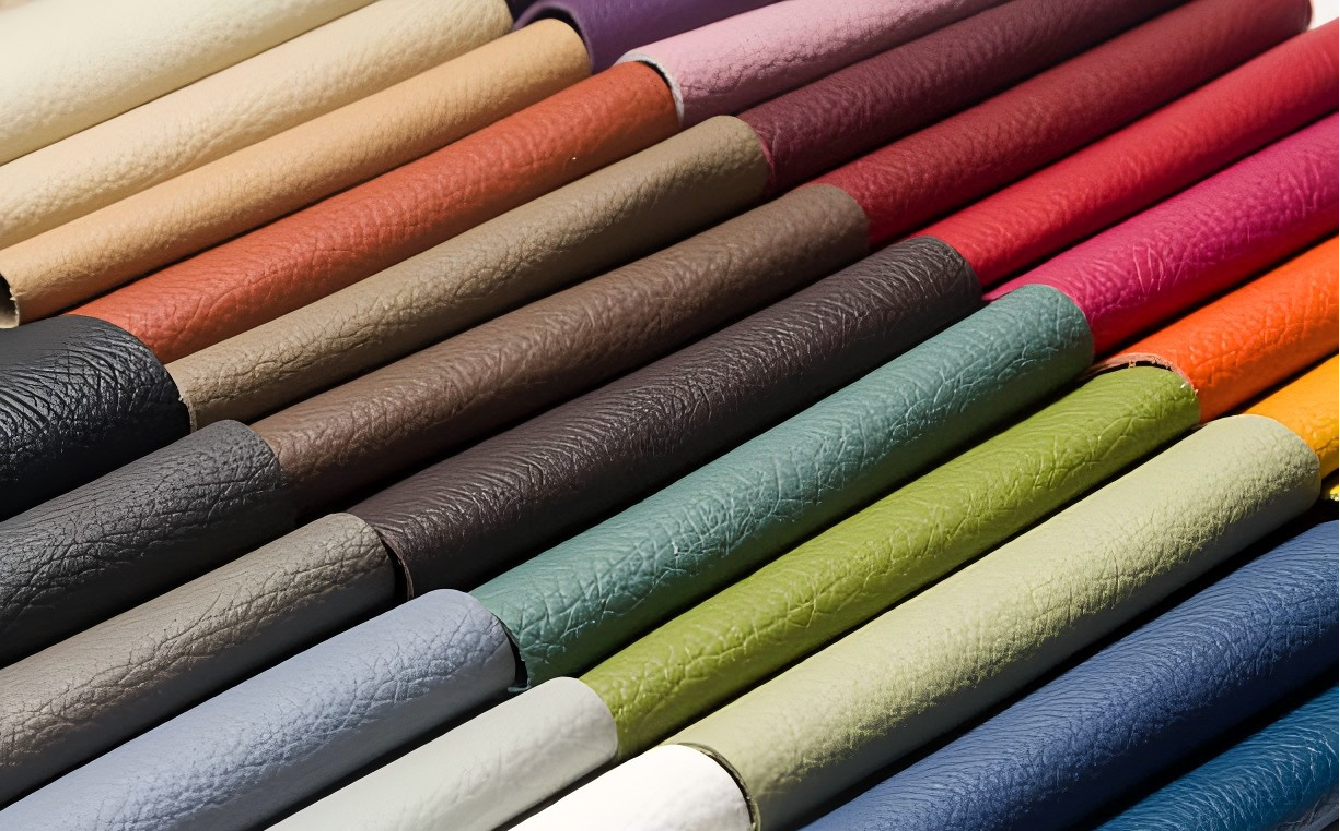
4. Създайте прототип и тествайте вашите дизайни
Разработването на прототипи ви позволява да тествате функционалността на дизайна и да събирате обратна връзка. Започнете с малка партида и помислете за предлагане на бройки с ограничен тираж, за да оцените търсенето, преди да се ангажирате с масово производство. Корекциите в дизайна и материалите въз основа на първоначалната обратна връзка могат значително да подобрят крайния продукт и удовлетвореността на клиентите.
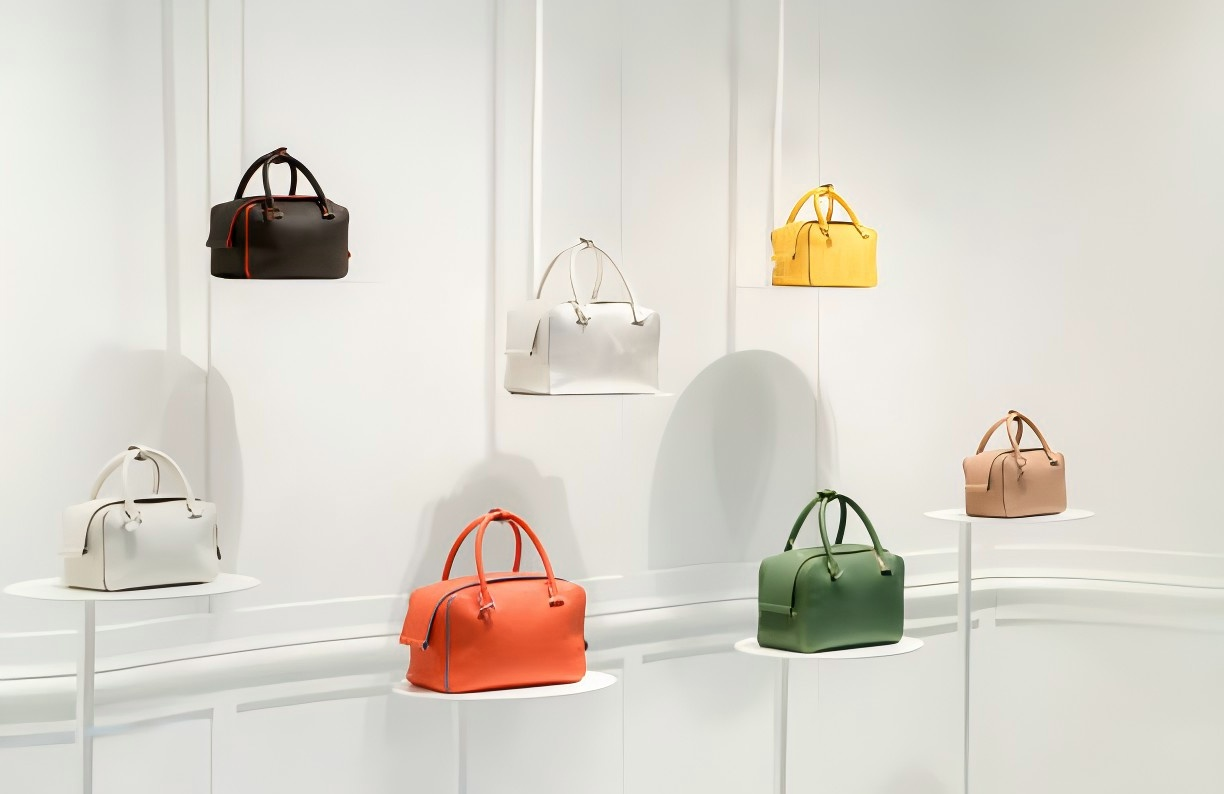
Вижте нашата услуга за изработка на обувки и чанти по поръчка
Вижте нашите проекти за персонализиране
Създайте свои собствени персонализирани продукти сега
Време на публикуване: 08 ноември 2024 г.